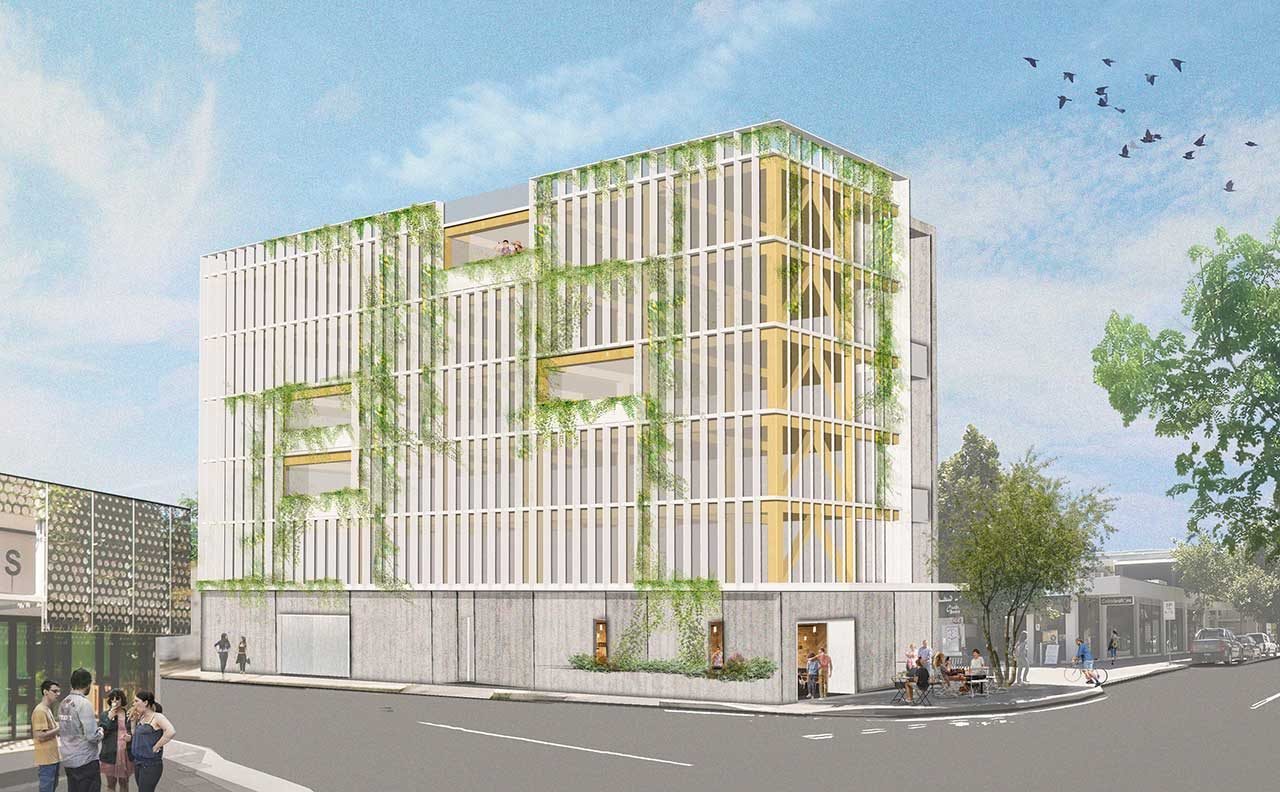This article is from the Australian Property Journal archive
FREMANTLE is set to be home to the Western Australia’s first mass-timber framed office development, to be developed by Yolk on the corner of Josephson and High Streets.
The six-storey hArbour development will comprise 1,895 sqm of office space and 150 sqm for a café, bar or retail offering. Completion is expected in mid-2020 and strata spaces from 57 sqm to full floors of 380 sqm and are available to purchase from $347,500, with leasing opportunities also available.
It will be developed in partnership with Harris Jenkins Architects and Josh Byrne and Associates, will include sustainable design features and is “aiming to deliver one of the state’s healthiest and happiest workplaces”, according to Yolk.
hArbour will feature a vertical garden across more than half of its exterior and an operable glass façade to maximise sunlight and fresh air throughout the building.
Yolk Property Group director, Pete Adams said a significant percentage of materials used in the construction and fit-out would be from natural sources and an abundance of plant life would be incorporated into the design, both on the exterior and interior.
“Office workers spend around eight hours a day indoors, often in offices that lack adequate sunlight and fresh air while being surrounded by manmade materials like plastic – this really isn’t a healthy environment. In contrast, studies have shown workplaces that utilise natural materials like wood, incorporate plant life and allow for natural light, result in happier and more productive employees,” Adams said.
“Timber is one of the most sustainable materials available and has also been shown to boost productivity and mood, with research indicating satisfaction and wellbeing in the workplace are improved with the inclusion of wood and other natural materials,” he said.
City of Fremantle Mayor Brad Pettitt said the development was a unique and welcome addition to the commercial offering in Fremantle.
“This project, while having a small footprint, will have a large positive social and environmental impact. It is an example of a development using sustainability and innovation to create positive outcomes for the community,” Pettitt said.
Additional sustainability features include a solar photovoltaic and battery storage system; sub-metering of electricity and water for each tenancy with demand management software and visualisation; a green façade to aid in thermal protection; an operable façade to ensure emptying of warm air and drawing-in of cool air; storm and grey water collection, distribution and recycling; and a new commercial greywater system using filtration and ozone disinfection to recycle shower and hand basin water to the planters in the green façade.
Australian Property Journal




